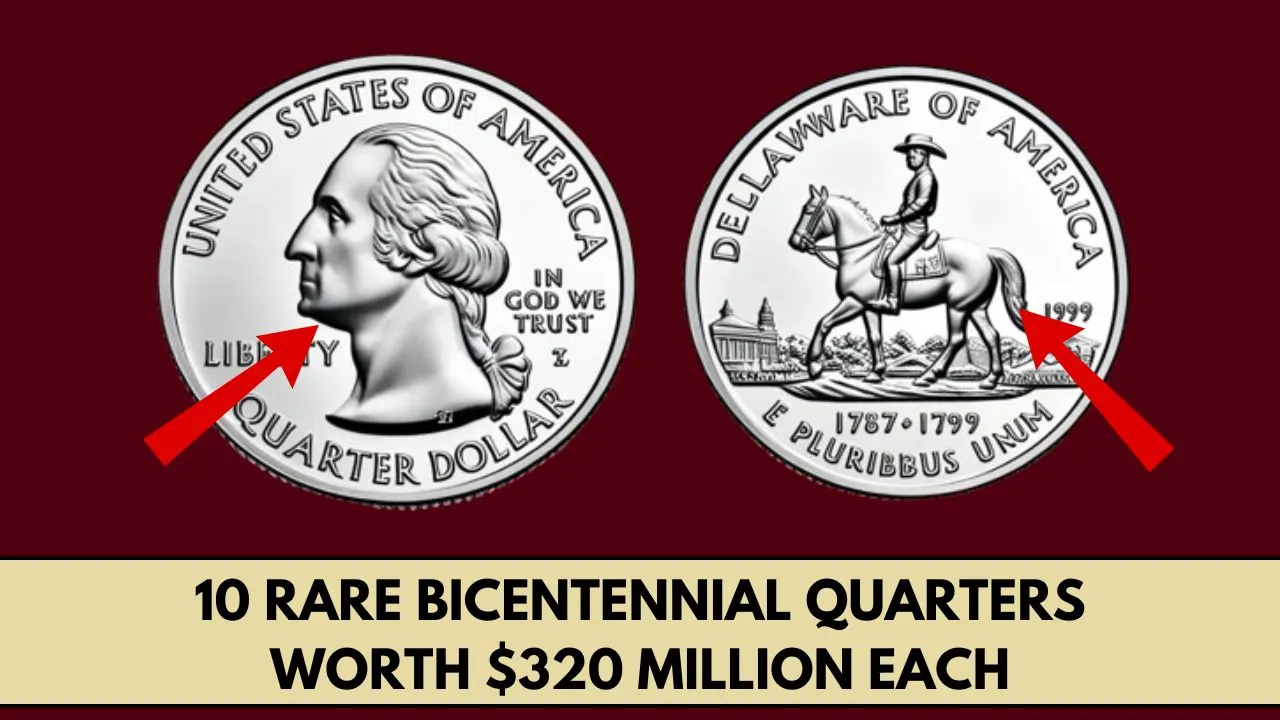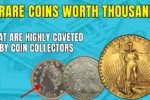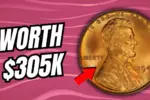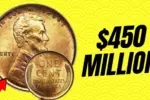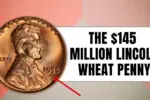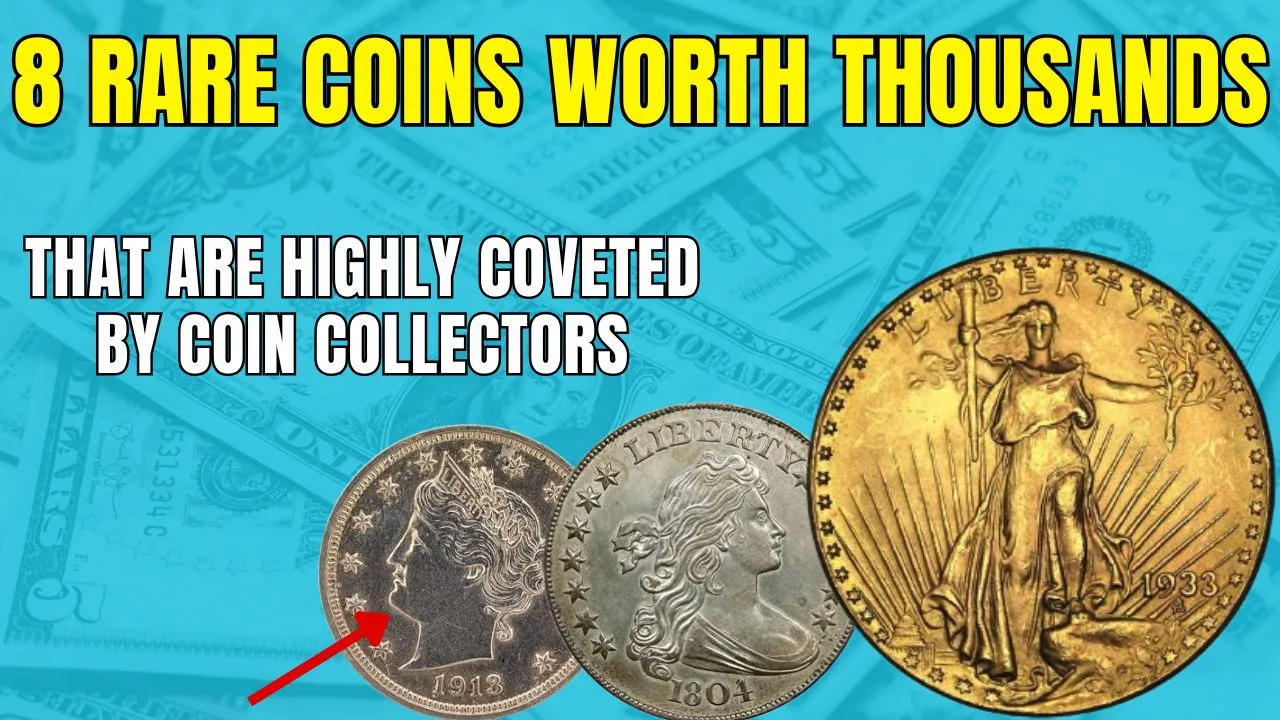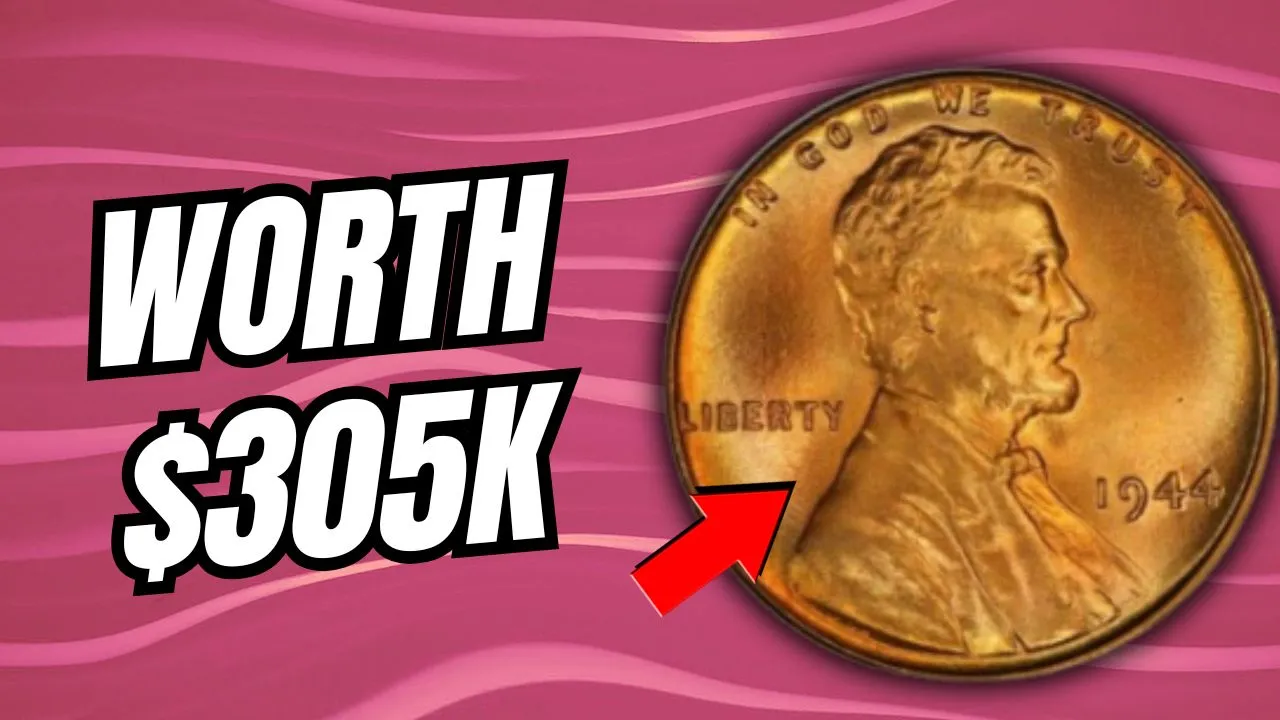Rare Bicentennial Quarters: Rare Bicentennial Quarters have captured the imagination of collectors and casual coin enthusiasts alike. Stories about quarters minted in 1976 being worth millions are everywhere, raising the question—could a hidden fortune be sitting unnoticed in your change jar?
This article dives into the facts behind the value of Bicentennial quarters. We’ll separate myth from reality, explain what really makes certain quarters valuable, and provide practical tips on identifying rare varieties. You’ll learn what to look for and how to start your coin collecting journey without falling for misleading headlines.
Rare Bicentennial Quarters
Collectors and hobbyists are constantly on the hunt for Rare Bicentennial Quarters, hoping to uncover an overlooked gem. While the majority of these quarters are abundant and hold little more than face value, certain unique versions—such as those struck in silver or featuring minting errors—can significantly increase their worth. Understanding what sets these particular coins apart is essential for anyone curious about whether they might have a valuable piece hidden among their spare change. By learning to spot these rare characteristics, you can turn an ordinary coin search into an exciting and rewarding experience.
Overview Table
| Key Information | Details |
| Year of Minting | 1975-1976 |
| Mint Marks | Philadelphia (No mint mark), Denver (D mint mark), San Francisco (S mint mark) |
| Total Circulation Production | Over 1.7 billion |
| Silver Variety | 40% Silver, only in collector sets |
| Common Value | Face value (25 cents) |
| Valuable Varieties | 40% Silver coins, Double Die Errors, Off-Center Strikes |
| Most Expensive Bicentennial Quarter Sold | Around $6,000 (perfect MS-70 condition) |
| Misleading Claims | $320 million value claims are not factual |
The Story of America’s Bicentennial Quarters
In 1976, to commemorate America’s 200th anniversary, the U.S. Mint introduced special designs on its quarters, half dollars, and dollars. The quarter featured a Colonial drummer boy, designed by Jack L. Ahr, and the dual date “1776-1976.” Production began in 1975 to ensure enough coins were available.
The Production Facts: More Common Than You Think
More than 1.7 billion Bicentennial quarters were produced:
- Philadelphia Mint: Over 809 million coins without mint mark.
- Denver Mint: Over 860 million coins with the “D” mint mark.
These figures show that Rare Bicentennial Quarters are not as rare as some might believe, especially for circulation-grade coins.
Where Did the “$320 Million” Claim Come From?
Headlines claiming that Bicentennial quarters are worth $320 million each are often misleading. These exaggerated numbers usually arise from clickbait articles, misunderstandings, or deliberate misinformation. In reality, no Bicentennial quarter has sold for anything remotely close to this amount.
The Truly Valuable Varieties
Although most Bicentennial quarters are worth face value, a few varieties can command higher prices:
- 40% Silver Varieties: Produced only in collector sets. Value ranges from $10 to $30.
- Double Die Errors: Doubling in the lettering or design can fetch $25 to $100.
- Off-Center Strikes: Coins with significant misalignment may be worth $20 to $200.
Identifying Valuable Quarters
To check if you have a Rare Bicentennial Quarter:
- Look at the edge—silver varieties lack the copper stripe.
- Use magnification to spot doubling in “LIBERTY” or the date.
- Check for mint errors like off-center strikes or die cracks.
The Reality of Coin Collecting
Coin collecting is not a get-rich-quick scheme. It’s about the appreciation of history, art, and craftsmanship. Most collectors treasure Bicentennial quarters for their historical significance, not their market value.
Expert Opinions on Bicentennial Quarter Values
Numismatic experts agree that circulated Bicentennial quarters generally hold face value. Even uncirculated ones might fetch just a few dollars. Exceptional examples in perfect condition have sold for as much as $6,000, but such instances are rare.
The Psychology Behind Viral Coin Stories
Why do such stories spread? People are naturally attracted to the idea of hidden wealth. The thought of finding a fortune in something as ordinary as a quarter appeals to hope and curiosity, fueling these viral claims.
What Makes Coins Valuable?
Several factors determine a coin’s value:
- Rarity: Fewer coins mean higher value.
- Condition: Uncirculated or pristine coins fetch more.
- Errors: Manufacturing mistakes can make coins more desirable.
- Historical Significance: Coins tied to major events attract collectors.
- Demand: Collector interest drives the market.
Real Record-Breaking Coin Values
For perspective, here are actual record-breaking coins:
- 1794 Flowing Hair Silver Dollar: Over $10 million.
- 1933 Double Eagle: Sold for $18.9 million.
- 1913 Liberty Head Nickel: $4.56 million.
By comparison, Rare Bicentennial Quarters remain common and don’t approach these figures.
Building a Realistic Coin Collection
Interested in collecting Bicentennial quarters? Start with:
- Both Philadelphia and Denver mint marks.
- Adding the 40% silver versions.
- Exploring other Bicentennial denominations like half dollars and dollars.
Protecting Yourself from Misinformation
Stick to reliable sources:
- Professional grading services like PCGS or NGC.
- Established auction houses.
- Reputable numismatic publications.
Avoid sensational headlines and dubious online claims about coin values.
The Joy of Numismatics Beyond Value
The true joy of coin collecting lies in history, connection, and the stories coins tell. Rare Bicentennial Quarters may not make you rich, but they connect you to America’s past and the artistry of coin minting.
Conclusion: Treasure in Perspective
Most Rare Bicentennial Quarters aren’t worth millions. However, they hold historical significance and offer a rewarding hobby. Focus on the educational and personal value of coin collecting rather than dreams of instant wealth.
Additional Resources for Coin Collectors
- American Numismatic Association (ANA)
- U.S. Mint official site
- Local coin clubs and shows
These resources will help deepen your knowledge and connect you with fellow collectors.
A Final Thought on Collecting
Collect coins for the stories they tell and the enjoyment they bring. Knowledge is your most valuable asset in this hobby. Whether it’s a Rare Bicentennial Quarter or any other coin, the real treasure lies in curiosity and learning.
FAQs
1. Are Bicentennial quarters really worth $320 million each?
No, this claim is a myth. Most Bicentennial quarters are worth face value, with only rare varieties fetching modest premiums.
2. How can I identify a valuable Bicentennial quarter?
Check for 40% silver versions, double die errors, or off-center strikes. Using a magnifying glass helps spot key details.
3. What makes a coin valuable?
Factors like rarity, condition, errors, historical significance, and demand determine a coin’s value.
4. Are silver Bicentennial quarters rare?
They are rarer than circulation coins but not extremely rare. They were made specifically for collectors and can be worth $10 to $30.
5. Where should I get accurate coin value information?
Refer to reputable sources like PCGS, NGC, major auction houses, or established numismatic publications.
